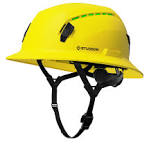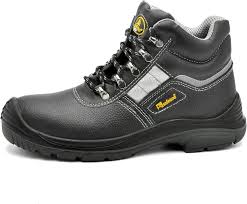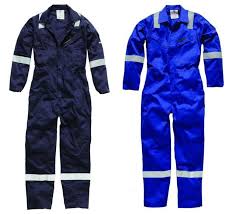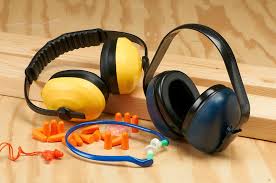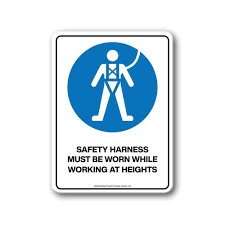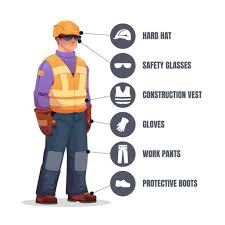WORKSHOP
1. SAFETY PRACTICE IN A WORKSHOP
1. General Safety Rules
-
Always wear appropriate Personal Protective Equipment (PPE) such as:
-
Keep the workshop clean and organized to avoid slips, trips, and falls.
-
Ensure adequate lighting and ventilation in all work areas.
-
No horseplay, running, or loud distractions in the workshop.
-
Know the location of first aid kits, fire extinguishers, and emergency exits.
2. Tool and Equipment Safety
-
Inspect tools before use for defects or damage.
-
Use tools only for their intended purpose.
-
Disconnect electrical tools before cleaning, adjusting, or changing accessories.
-
Keep cutting tools sharp and properly stored.
-
Do not use faulty or makeshift equipment.
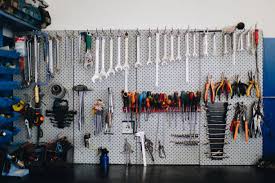
3. Electrical Safety
-
Ensure all electrical tools and cables are properly insulated and grounded.
-
Avoid overloading circuits or using damaged extension cords.
-
Do not handle electrical equipment with wet hands or in damp areas.
-
Report and tag any faulty wiring or equipment immediately.
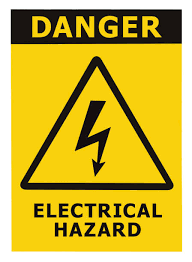
4. Material Handling Safety
-
Lift correctly – bend your knees, not your back.
-
Use mechanical aids (wheelbarrows, hoists, forklifts) for heavy materials.
-
Store materials neatly and securely to prevent toppling.
-
Mark and segregate hazardous materials (cement, chemicals, flammable liquids).
5. Fire Safety
-
Know the types of fire extinguishers and how to use them.
-
Keep flammable materials away from open flames or sparks.
-
No smoking in restricted areas.
-
Maintain clear fire escape routes at all times.
6. Scaffolding and Working at Height
-
Inspect scaffolds and ladders before each use.
-
Ensure scaffolds are properly braced and on stable ground.
-
Use safety harnesses when working at height.
-
Do not overload scaffolding with materials or workers.

7. First Aid and Emergency Procedures
-
Always have a qualified first aider available on-site.
-
Report all injuries and incidents, even minor ones.
-
Know the emergency contact numbers and procedures.
-
Participate in safety drills and follow instructions during emergencies.
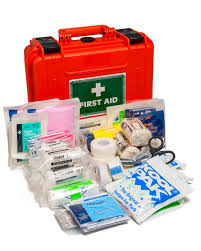
8. Environmental and Health Safety
-
Reduce dust by wetting surfaces or using dust collectors.
-
Dispose of waste materials properly and regularly.
-
Avoid prolonged exposure to noise, dust, and vibration.
-
Take regular breaks to prevent fatigue.
9. Personal Conduct
-
Stay alert and focused—avoid distractions.
-
Never work under the influence of alcohol or drugs.

-
Report unsafe conditions or practices immediately.
-
Follow all supervisor’s instructions and safety signs.

